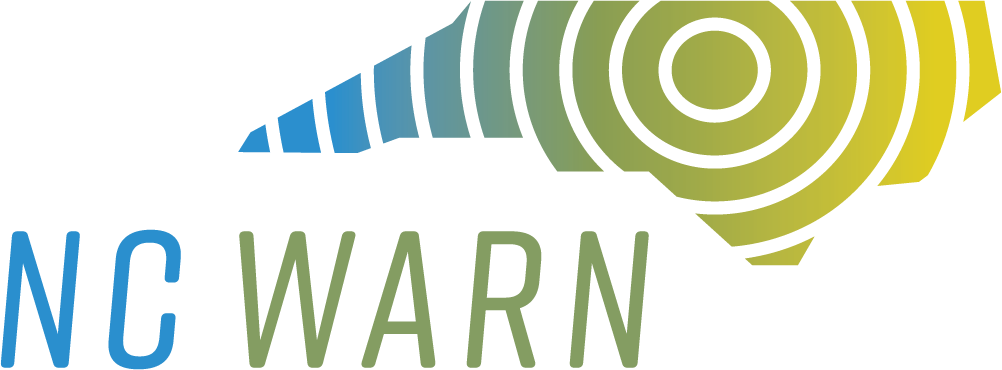By Elizabeth Ouzts
Despite anti-wind bluster from parts of the state, candidates who supported renewables came out on top in Republican primaries earlier this year.
One conservative blogger labeled Republican Bob Steinburg a “solar weenie” and called the wind farm in his northeastern North Carolina district “Bob’s Windmills.”
As anti-wind activists, bloggers and politicians rallied against his bid for state senate, Steinburg declined advice from some to downplay his support for clean energy. In the end, he won his May primary handily, with the widest margins in counties where wind-farm foes had stirred the most controversy.
“There were folks on the other side that were hoping that issue would be my Achilles heel. These are primary voters. These are the most conservative of the conservative,” said Steinburg, who is serving his third term in the North Carolina House. “But being for renewable energy — it did not hurt me at all.”
Observers say Steinburg’s victory in this red corner of the state is a sign of growing support for clean energy among voters on the right, despite opposition from key party leaders and conservative groups.
“Republicans don’t need to run from the issue,” said Dee Stewart, one of the state’s top GOP consultants. “If anything, they should embrace their support for clean energy. That’s what the polling numbers say.”
Clean energy progress, then backlash
Growing bipartisan agreement over clean energy is in some ways a return to form in North Carolina, which has historically passed major energy and environmental policy with painstaking consensus.
In the 1970’s, North Carolina adopted renewable energy tax credits and favorable standards for developers under the Public Utility Regulatory Policy Act, the federal law that requires utilities to buy from small power producers. In 2007, the Democratic-controlled legislature adopted a 12.5 percent renewable energy mandate nearly unanimously.
The combination of those policies sparked a wave of large-scale solar farms, catapulting North Carolina to second in the country for solar power. Technological advances made wind energy economically viable on the eastern coastal plain, where the Southeast’s first and still only major wind farm began operating last year.
But even as renewable energy brought jobs and tax revenue to poor, rural counties, a conservative backlash was brewing.
The economy plunged into recession, giving new salience to warnings from the right that clean energy would spike electric rates. Then-President Barack Obama championed wind and solar and a cap on climate pollution, provoking fossil fuel interests who poured money into the cause of Tea Party activists.
“For conservatives, somewhere along the line, solar energy in particular equaled Obama,” said Molly Diggins, director of the North Carolina Sierra Club.“It was less about the substance than it was an organizing principle.”
In 2013, when the GOP took control of the legislature and the governorship, conservative groups sought to topple the state’s green energy mandate. They failed only when key Republicans, including now-Speaker Tim Moore of Cleveland County, voted against repeal, citing jobs and economic investment in their districts.
While the mandate survived, the legislature’s record since then has been mixed. Lawmakers allowed tax credits to expire in 2015, but angered conservative groups with exceptions for some projects through 2016. Last year, the House adopted a sweeping measure to double solar capacity while relaxing PURPA requirements; the Senate wouldn’t agree to it without an 18-month ban on new wind farms. Some wind energy supporters worry lawmakers will attempt to make the ban permanent before the year’s end.





